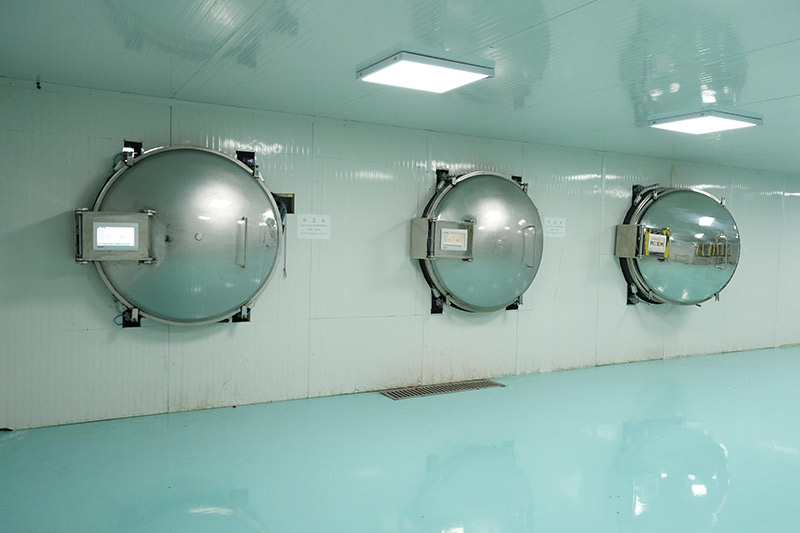Freeze-drying is a method used in various fields from scientific research to the food industry. In this method, a substance is first frozen and then heated under reduced pressure to evaporate water. Thus, the water contained in the substance evaporates and the structural integrity of the substance is preserved. Freeze-drying uses include:
Food Industry: Freeze-drying is used to extend the shelf life of foods and reduce their weight. For example, many food products such as coffee, fruit, vegetables, seafood and ready meals are made to be stored for a longer period of time by freezing-drying.
Pharmaceutical Industry: Freeze-drying is used to increase the stability of drugs and make them storable for a long time. In particular, sensitive components such as protein-based drugs and vaccines are stabilized by freeze-drying.
Biomedical Research: Freeze drying is widely used for long-term storage of biological samples. For example, cell cultures, enzymes, blood samples, viruses and bacteria can be frozen by freeze-drying and then rehydrated and used.
Cosmetic Industry: Freeze-drying is used to increase the stability of active ingredients used in cosmetic products. For example, peptides and plant extracts used in skin care products are processed with the freeze-drying method to preserve their effectiveness.
Art and Archeology: Freeze-drying can be used to preserve sensitive historical documents, works of art, and archaeological finds. This method removes moisture, preventing materials from rotting or deteriorating.
Astronomy and Space Research: In space research, the freeze-drying method is used in the production of nutrients that can last for a long time in space and can be rehydrated.
These are just a few examples of some of the uses of freeze-drying. With the spread of technology, the use of freeze-drying is increasing in more sectors.

